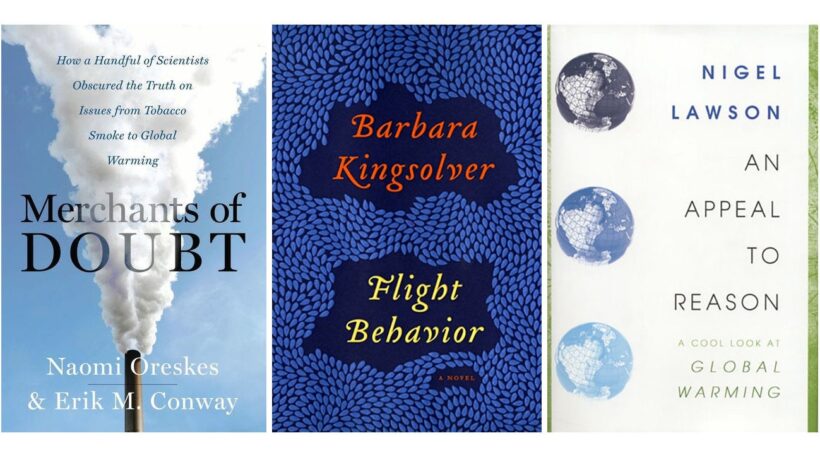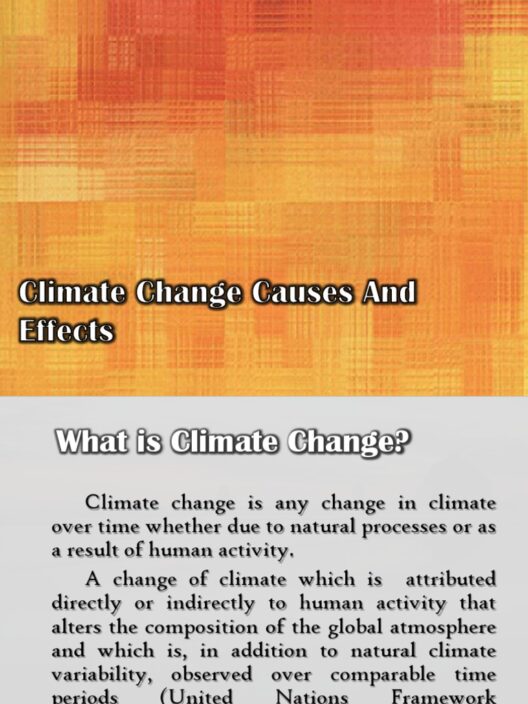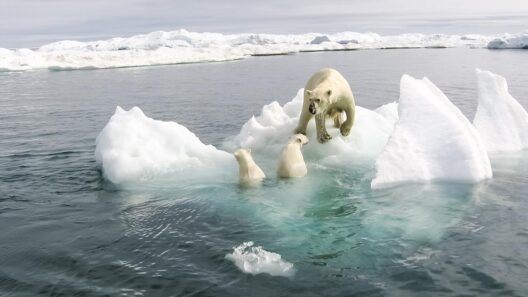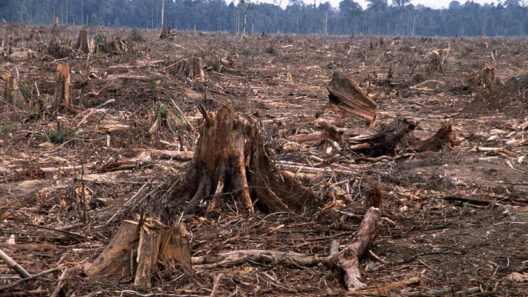The Great Climate Debate: Are Global Warming and Climate Change Identical?
In the vast tapestry of environmental discourse, the terms “global warming” and “climate change” often seem to intertwine seamlessly. They are invoked with fervor in political arenas, scientific debates, and everyday conversations. Yet, despite their common usage, these terms encapsulate different phenomena. Understanding their nuances is crucial as we navigate the treacherous waters of our planet’s future.
The Meteorological Landscape: Discerning the Threads of Change
To grasp the concept of global warming and climate change, we must first comprehend the mechanisms behind these terms. Global warming specifically refers to the long-term increase in Earth’s average surface temperature due to human activities, particularly the emission of greenhouse gases such as carbon dioxide and methane. Picture a greenhouse: the glass panels trap heat, creating a warmer environment inside. Similarly, these gases act like a blanket, retaining heat within our atmosphere.
In contrast, climate change encompasses a broader spectrum of alterations in weather patterns, encompassing shifts beyond mere temperature increases. It includes changes in precipitation, sea level rise, and increased frequency of extreme weather events. Think of climate change as an orchestra, where global warming is merely one instrument playing a part in a much larger symphony. Each note contributes to a chaotic yet interconnected performance affecting ecosystems, weather cycles, and human livelihoods.
Untangling Myths: The Misinterpretations That Abound
The intertwining of the terms can lead to misconceptions. A common fallacy is the belief that climate change is merely about global warming; that the two are one and the same. This conflation undermines discussions around adaptive strategies necessary to mitigate effects of both phenomena.
For instance, consider a drought. The immediate culprit may not be the slowly rising temperature but rather changes in precipitation patterns and water resource management. In addressing this, strategies focused solely on reducing emissions may fall short of creating sustainable solutions. Recognizing that global warming is a contributor to climate change—as one of many variables—is pivotal for informed actions and policies.
A wider understanding fosters a necessary dialogue encompassing varied impacts across geographical regions. The consequences of climate change will not manifest uniformly. Communities in coastal areas may witness severe flooding, while arid regions may face prolonged droughts. The disparity underscores the importance of recognizing the intricate relationship between global warming and climate-related phenomena.
The Affects of Global Warming: The Ripple Effect on Climate
Delving deeper into the implications of global warming reveals its far-reaching influence on climate systems. As temperatures rise, polar ice caps melt, causing sea levels to rise. The metaphor of a pot on a stove proves illustrative here: when the heat is increased, the contents inevitably transform—a direct result of the environmental pressures exerted upon them. Similarly, this melting ice contributes to changes in ocean currents, leading to unpredictable weather fronts and climates.
Moreover, the lethargic pace at which some natural systems react to warming can catalyze cascading effects on biodiversity. Specific species may migrate to cooler climates, while others could face extinction due to inhospitable conditions. The delicate equilibrium of entire ecosystems hangs in the balance, reliant on mechanisms far more complex than mere temperature rise alone.
The Intersection of Policy and Public Awareness
In an age dominated by information, fostering a public understanding of the distinctions between global warming and climate change is paramount. Advocacy must transcend environmental circles, permeating education systems and political agendas. Programs aimed at distinct community adaptations reinforce the necessity of action tailored to specific local impacts rather than generic mitigation efforts.
Engaging the public in this debate invites a two-way conversation, where individual actions can collectively potentiate large-scale change. Efforts to consume less, conserve energy, and support climate resilience initiatives act as ripples that transcend the individual level, culminating in greater societal shifts.
The Urgency for Action: Bridging Understanding to Empower Change
The pressing nature of climate issues demands that society responds not only with urgency but with precision. Global warming serves as the spark to ignite the fire of climate change discourse; thus, solutions must address both the heat and its discontents. Emerging technologies that transform energy production, restoration of ecosystems, and progressive policies can pave the way for not just survival, but revitalization.
The upcoming generations hold the compass for the path forward. An education focused on climate literacy can cultivate a populace equipped to tackle these challenges head-on, recognizing that both global warming and climate change are integral to the puzzle of Earth’s future. In this endeavor, fostering an informed citizenry becomes paramount to managing the complexities and uncertainties of our changing climate.
In conclusión, while global warming and climate change are interlinked, they are not synonymous. Discerning the differences, acknowledging the implications of each, and understanding their interplay equips us better to advocate for our planet’s future. To ignore these distinctions is to underestimate the scale of the challenge before us; to embrace them is to empower each of us in our stewardship of the Earth. Collaboration, education, and a commitment to understanding these pressing issues will be indispensable as we navigate this monumental challenge together.







